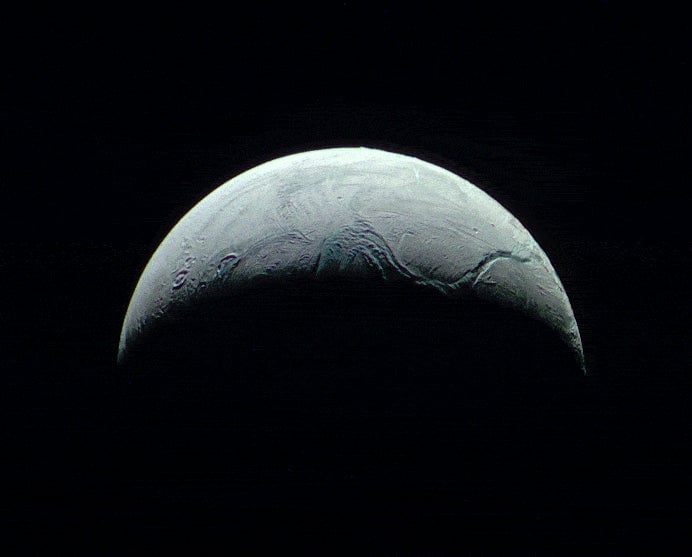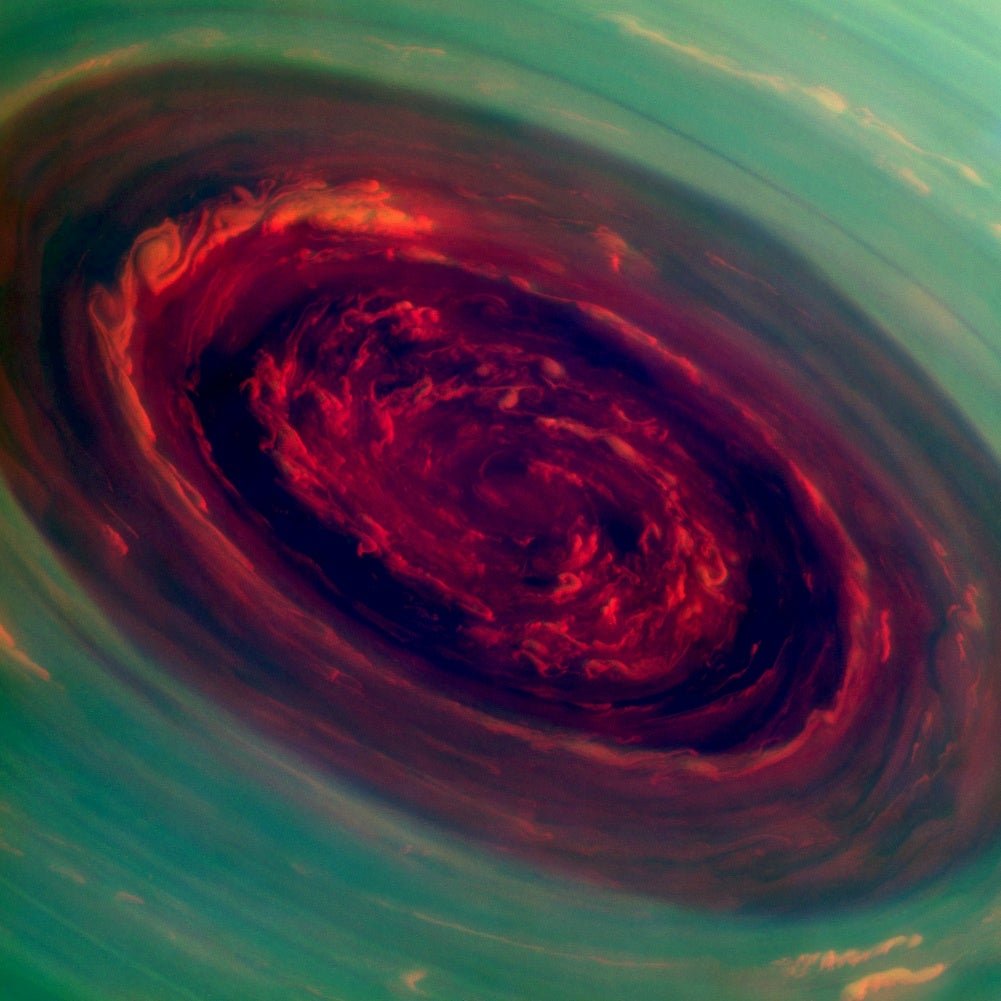Watch Cassini’s Saturn mission end with a daring dive into the atmosphere
After nearly two decades in space, the Cassini mission to Saturn is going out with an intentional bang.


After nearly two decades in space, the Cassini mission to Saturn is going out with an intentional bang.
Tomorrow (Sept. 15), the spacecraft will head directly into the fiery planet’s atmosphere, a last hurrah NASA has dubbed its “Grand Finale.”
Cassini’s final plunge will send “new and unique science about the planet’s upper atmosphere to the very end,” NASA said. “After losing contact with Earth, the spacecraft will burn up like a meteor.”
How to watch Cassini’s last mission
NASA promises live streams of the event and additional commentary starting at 7am ET tomorrow (Sept. 15) on NASA TV and on NASA’s website.
A clean feed of cameras from NASA’s Jet Propulsion Laboratory will be available on Ustream.
You can also watch the live streams on YouTube and Facebook.
What is the Cassini mission?
The Cassini mission, launched in 1997 as a joint endeavor of NASA, the European Space Agency, and the Italian space agency, Agenzia Spaziale Italiana, has been orbiting Saturn since 2004, studying the planet’s system in detail.
In addition to the newfound scientific understanding the mission made possible, the spacecraft has also sent back mesmerizing photos of the planet’s rings, moons and atmosphere, some of which rose to the level of contemporary art.

Scientists hope the Cassini’s final mission will bring rich and valuable information that the “original planners might never have imagined.”
In NASA’s words:
The spacecraft will make detailed maps of Saturn’s gravity and magnetic fields, revealing how the planet is composed on the inside, and possibly helping to solve the irksome mystery of just how fast the interior is rotating. It will vastly improve our knowledge of how much material is in the rings, bringing us closer to understanding their origins. Cassini’s particle detectors will sample icy ring particles being funneled into the atmosphere by Saturn’s magnetic field. And its cameras will take amazing, ultra-close images of Saturn’s rings and clouds.
Why is NASA deliberately crashing Cassini?
In short, because scientists don’t yet know enough about Saturn’s moons.
Jeff Cuzzi of NASA’s Ames center explains that researchers don’t want Cassini to contaminate the saturnian moons of Titan and Enceladus, which might contain life, with microbes from Earth. “Titan is of interest from the standpoint of exobiology, the formation of life. Now Enceladus also is because of its liquid ocean,” he said on a recent podcast. “The spacecraft was not sterilized. So we have to actually dispose of the spacecraft with prejudice.”